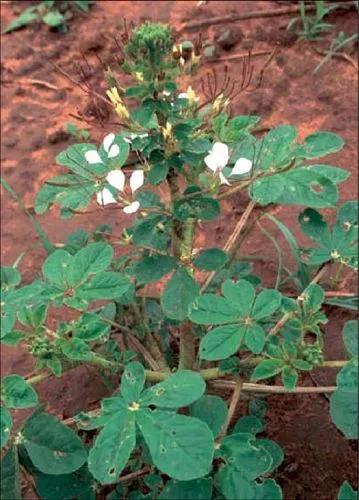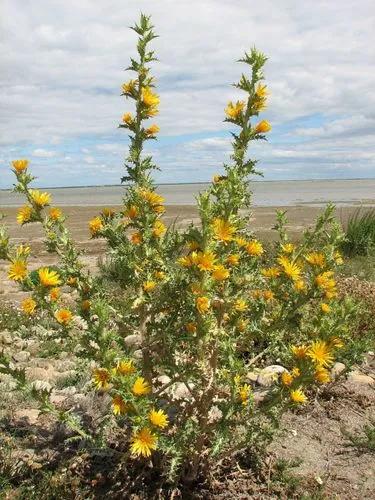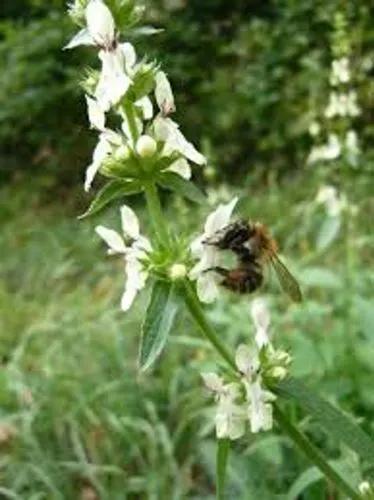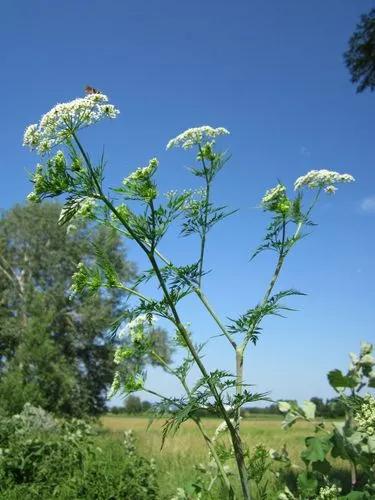Lupinus texensis, the Texas bluebonnet or Texas lupine is a species of lupine endemic to Texas, plus the Mexican states of Coahuila, Nuevo León, and Tamaulipas. It is an annual which begins its life as a small, gravel-like seed. The seed has a hard seed coat that must be penetrated by wind, rain, and weather over the course of a few months (but sometimes several years). In the fall, the bluebonnets emerge as small seedlings with two cotyledons, and later a rosette of leaves that are palmately compound, with five to seven leaflets 3–10 cm long, green with a faint white edge and hair.
Texas Bluebonnet Care
Lupinus Texensis Hook



How to Care for the Plant

Water

Bluebonnet is a terrific choice for low rainfall areas as it benefits from underwatering. Too much water will decrease the gardener’s chances of success. Water when planting and sporadically thereafter, allowing natural fall and spring rains to do the job for you.

Pruning

Deadheading blooms can encourage side blooms to develop off the main flower stalk; this would be more practical in a container or small raised bed than in a meadow setting.

Fertilizer

No extra fertilizer is necessary, but Bluebonnet will not be harmed if you apply a balanced organic fertilizer in early spring, which may result in bigger plants.

Sunlight

Bluebonnet needs a sunny position to do well. 8-10 hours of full sun is recommended.

Soil

Texas bluebonnet is a survivor; however, it needs well-drained soil – preferably on the sandier side – to thrive. Seeds can germinate in a heavy clay soil, but will eventually peter out due to an excess of moisture. If planting in containers, an average potting soil can be used, but good drainage is essential.

Popularity

101 people already have this plant 37 people have added this plant to their wishlists
Discover more plants with the list below
Popular articles






